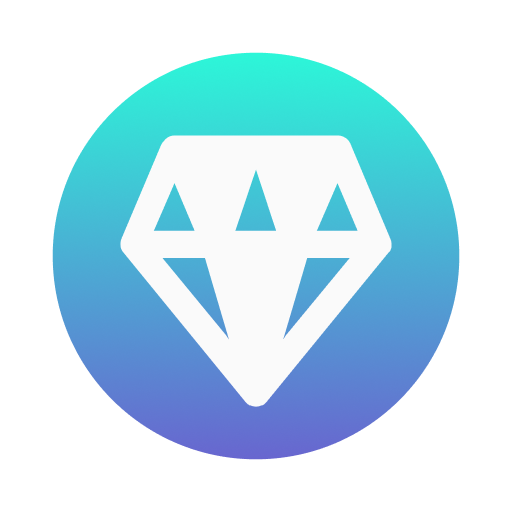The Gaggle Music Club: Shostakovich’s Symphony No. 7 in C major
This week's selection for The Gaggle Music Club is Dmitri Shostakovich’s Symphony No. 7 in C major, Op. 60, commonly known as the “Leningrad” Symphony—one of the most historically and politically significant works of the 20th century.
Shostakovich began work on the symphony before the Nazi invasion of the Soviet Union in June 1941. Initial sketches appear to predate the launch of Operation Barbarossa. However, once the siege of Leningrad began in September 1941, the symphony quickly became identified with the suffering and resistance of that city. Shostakovich, himself a resident of Leningrad, remained in the city during the early days of the siege and famously worked on the score while serving as a fire warden. The work was completed after he was evacuated to Kuibyshev.
The composition is in four movements: The first, Allegretto, begins with a calm, pastoral theme, often interpreted as evoking pre-war life. This is followed by the “invasion theme,” a 22-bar melody repeated and orchestrated in an increasingly militaristic and grotesque manner (12 repetitions).
The second movement, Moderato, is a melancholic scherzo. The mood is haunted, introspective, and evokes the emotional exhaustion of war and suffering.
The third movement, Adagio, is considered to be the emotional core of the symphony. It is lyrical, solemn, and features a sorrowful string theme.
The fourth movement, Allegro non troppo, opens turbulently and gradually builds to a broad, triumphal coda.
The Seventh Symphony stands at a pivotal moment in Shostakovich’s life and career: It is a bridge between his pre-war and post-war symphonic output. Compared to the ironic and avant-garde idiom of his Fourth Symphony or the intimacy of the Fifth and Sixth symphonies, the Seventh is vast and public. It marks the beginning of his “patriotic” symphonies. The work however contains coded criticism and ambiguity, typical of his mature style.
The symphony premiered on March 5, 1942 in Kuibyshev, and was conducted by Samuil Samosud. On Aug. 9, 1942, it was performed in besieged Leningrad by the surviving musicians of the Leningrad Radio Orchestra, under Karl Eliasberg. Loudspeakers broadcast it across the city. The work became a symbol of Soviet resilience, and Stalin approved its heroic tone.
The symphony premiered in the United States in July 1942 under Arturo Toscanini. At the time it was seen as a rallying cry for the Allied cause. Critics such as Virgil Thomson and Theodor Adorno ridiculed the symphony. Thomson called it “vulgar movie music,” resembling the background scores of Hollywood war films. Writing for the New York Herald Tribune during and after World War II, Thomson claimed the work was not high art but sentimental bombast, music that relied on emotional manipulation rather than formal or intellectual depth.
Adorno criticized the Seventh for its banality, repetition and apparent accessibility. He viewed its structure—especially the long, escalating "invasion" theme—as mechanical and manipulative, designed to provoke emotional response rather than intellectual engagement. He saw it as a product of totalitarian culture, equating its mass appeal and nationalistic fervor with both Soviet and fascist propaganda art. According to Adorno, the Seventh pretended to resist fascism, but actually mirrored the authoritarian logic of the system it opposed.
Pierre Boulez and the post-war avant-garde rejected Shostakovich entirely, focused as they were on innovation over populist narrative. Boulez dismissed Shostakovich's compositions as derivative. In a 1999 interview with he Independent, Boulez stated:
"I have to tell you that I have very mixed feelings about this music. It is often said that Shostakovich is the 'more recent' equivalent of Mahler; but I would say that to compare Shostakovich with Mahler is like comparing Meyerbeer with Wagner. The musical substance of his work is trivial. Okay, I can accept that he worked under great pressure, that he was afraid and that he rebelled discreetly. But, for me, that's not enough of an excuse."
Boulez also likened Shostakovich's music to overused clichés, remarking: "Shostakovich plays with clichés most of the time, I find. It's like olive oil, when you have a second and even third pressing, and I think of Shostakovich as the second, or even third, pressing of Mahler."
Within the Soviet Union, during the post-Stalin era, musicologists questioned its formal construction, the repetitive structure of the invasion theme and the symphony's overblown character. By the time the Brezhnev era came around, the Seventh was increasingly viewed as dated and ideologically compromised. It was performed less frequently and sometimes dismissed as propagandistic bombast.
In today's Russia, critics and intellectuals often describe the work as artistically inferior to Shostakovich’s later symphonies such as the Eighth and Tenth. The also claim it to be a transitional work that marks his compromise with Soviet diktats. To be sure, others emphasize its emotional power and historical weight, treating it as a profound statement of artistic resistance and suffering.
However, any fair listening to Shostakovich's Symphony No. 7 should lead one to the conclusion that it is a magisterial composition, whether it conforms to modern tonal requirements or not.
In this performance from 2019, the Frankfurt Radio Symphony is conducted by Klaus Mäkelä.

















